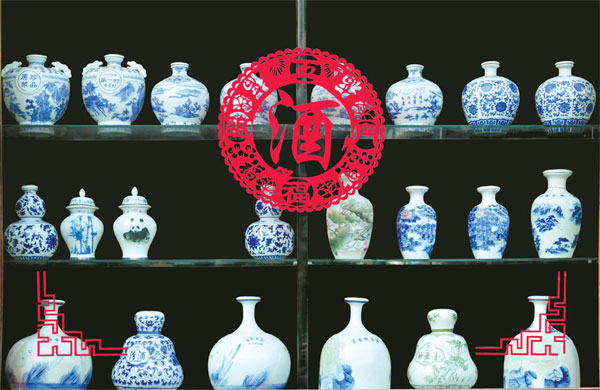Efforts to clean air bear fruit
Updated: 2015-08-03 07:36
By Lan Lan(China Daily)
|
|||||||||||
Most Chinese regions with pollution problems made significant progress last year in their efforts to improve air quality because of regulators' measures to curb smog, a report released on Friday said.
The average PM2.5 concentration in 10 polluted Chinese regions declined by 11.9 percent year-on-year in 2014, said the report from the Clean Air Alliance of China, a Beijing think tank.
PM2.5 refers to tiny particles in the air 2.5 micrometers in diameter or smaller. Such particles can penetrate deep into the lungs.
Despite the progress in many areas, the nation's capital was the least successful of the 10 regions. Beijing's concentration of PM2.5 declined by 4 percent, the lowest decrease among the regions, while Shanxi province saw the largest - 16.7 percent - thanks to slumping coal production there.
Tonny Xie, a director of the secretariat for the China Air Alliance of China, said Beijing's local government has made great efforts to clean its air, but the city faces a tougher challenge with its air pollution problem because the pollution sources are outside the city.
"Both Tianjin's and Hebei's PM2.5 concentration decline was more than average," Xie said, referring to the municipality and province that border Beijing. "With the new policies put in place, air quality in the Beijing-Tianjin-Hebei region is expected to be greatly improved in coming years."
The capital's pollution is of particular concern since Beijing and Zhangjiakou, Hebei province, were selected on Friday as the co-host cities for the 2022 Winter Olympics.
According to the Air Pollution Prevention and Control Action Plan issued by the State Council in 2013, the concentration of PM2.5 in the Beijing-Tianjin-Hebei region should be reduced by 25 percent by 2017.
Shenzhen, Guangdong province, is the only Chinese city with a population of over 10 million that has reached a healthy level of PM 2.5 concentration, lower than 35 micrograms per cubic meter.
"Megacities face more challenges in curbing pollution. Shenzhen has succeeded in two tasks simultaneously - managing pollution sources and optimizing industrial structure and energy mix, providing a development model for other cities," he said.
Also, Xie said, the PM2.5 concentration of some regions in Hunan and Hubei provinces, Chongqing municipality and Chengdu, the capital of Sichuan province, have surpassed the traditional manufacturing base such as the Yangtze River Delta and the Pear River Delta.
But the report also warned that the PM10 pollution - that with particles with a diameter of 2.5 to 10 micrometers - in some cities in the middle, northeastern and western regions has become worse in the past year.
Wang Lisha, senior project manager of the Clean Air Alliance, said that in addition to pollution treatment, industrial restructuring and vehicle emissions are equally important.
The alliance was created by 10 Chinese technical institutions in the field of air quality, including Tsinghua University, and with support from the Energy Foundation China.
lanlan@chinadaily.com.cn
Related Stories
New regulations help to lower air pollution levels 2015-07-10 07:28
Lawmakers mull stricter air pollution control law 2015-06-24 17:47
Beijing, neighbors to draft regional air pollution treatment plan 2015-06-17 16:33
Regional road map drawn up to combat air pollution 2015-06-17 07:49
Today's Top News
Malaysia seeks help to widen search for MH370
China's Bohai bids $2.6 billion for aircraft leasing firm Avolon
Realty firms in Europe brace for influx of Chinese buyers
Rule covers HIV as work hazard
Probable MH 370 debris to be studied in Toulouse
Beijing makes it, again!
Graft probe into Guo Boxiong to win army, public's support
SOE reform to open door to
foreign capital
Hot Topics
Lunar probe , China growth forecasts, Emission rules get tougher, China seen through 'colored lens', International board,
Editor's Picks

|

|

|

|

|

|






